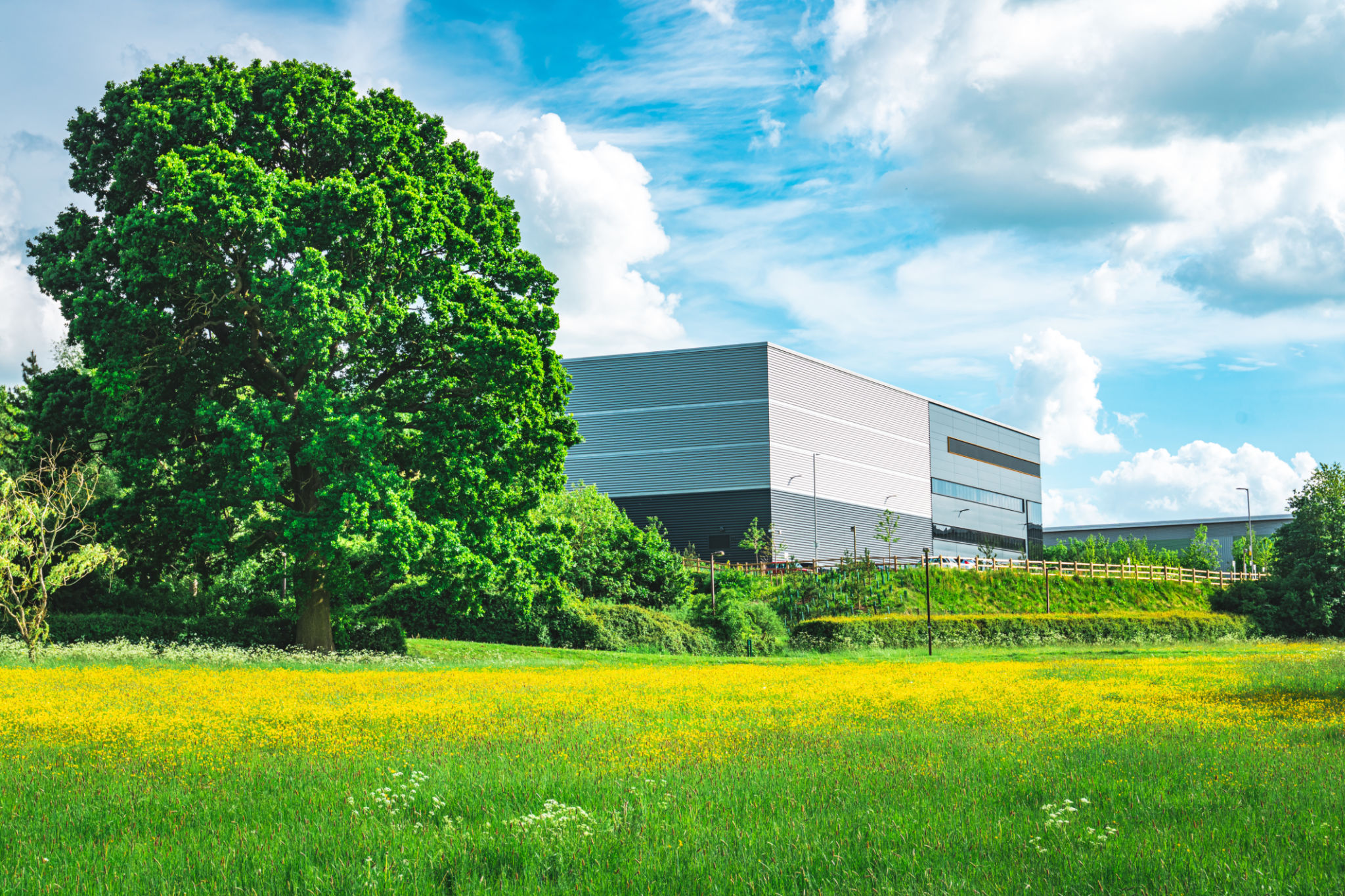Case Study: Successful Warehouse Projects in Australia
Introduction to Warehouse Projects in Australia
Australia's industrial landscape is rapidly evolving, with warehouses playing a pivotal role in the supply chain. As e-commerce continues to thrive, the demand for efficient and scalable warehouse solutions has never been higher. In this case study, we explore some of Australia's most successful warehouse projects, each demonstrating innovative design, strategic location, and cutting-edge technology.

Key Elements of Successful Warehouse Projects
Several core elements contribute to the success of warehouse projects. These include location, technology integration, and sustainability. Each project highlighted here showcases how these elements are leveraged to optimize operations and enhance efficiency.
Strategic Location and Accessibility
The location of a warehouse is crucial for operational efficiency. Successful projects are often situated near major transport hubs or urban centers. For example, a warehouse located on the outskirts of Sydney provides easy access to both local and international shipping routes, reducing transit times and costs.
Accessibility is further enhanced by incorporating advanced logistics solutions, such as automated guided vehicles (AGVs) and drone delivery systems. These technologies streamline the movement of goods within the warehouse and beyond.

Integration of Advanced Technologies
Technology plays a vital role in modern warehouse operations. From automated storage and retrieval systems (AS/RS) to sophisticated inventory management software, these technologies ensure that warehouses operate at peak efficiency. A standout project in Melbourne utilizes a fully automated AS/RS system, significantly cutting down on labor costs while boosting order accuracy.
Similarly, the use of Internet of Things (IoT) devices allows real-time monitoring of inventory levels and environmental conditions, ensuring optimal storage conditions for various products.
Sustainability Initiatives
As environmental concerns grow, sustainable practices have become a hallmark of successful warehouse projects. Many Australian warehouses are now incorporating solar panels, rainwater harvesting systems, and energy-efficient lighting to reduce their carbon footprint.

One notable example is a Brisbane-based warehouse that achieved a 5-star Green Star rating by implementing these sustainable practices. This not only reduces operational costs but also enhances the company’s brand image by aligning with eco-conscious values.
The Role of Skilled Workforce
A skilled workforce is essential to maximize the potential of state-of-the-art technologies and efficient designs. Continuous training programs ensure that employees are well-versed in the latest technological advancements and safety protocols. This approach leads to increased productivity and a safer working environment.
Conclusion: The Future of Warehousing in Australia
As we look to the future, it's clear that the success of warehouse projects in Australia will continue to hinge on innovation, strategic planning, and sustainability. By embracing cutting-edge technology and eco-friendly practices, Australian warehouses are setting new standards in efficiency and environmental responsibility.
The ongoing evolution of these facilities will undoubtedly play a significant role in supporting the growth of e-commerce and other industries across the nation.
